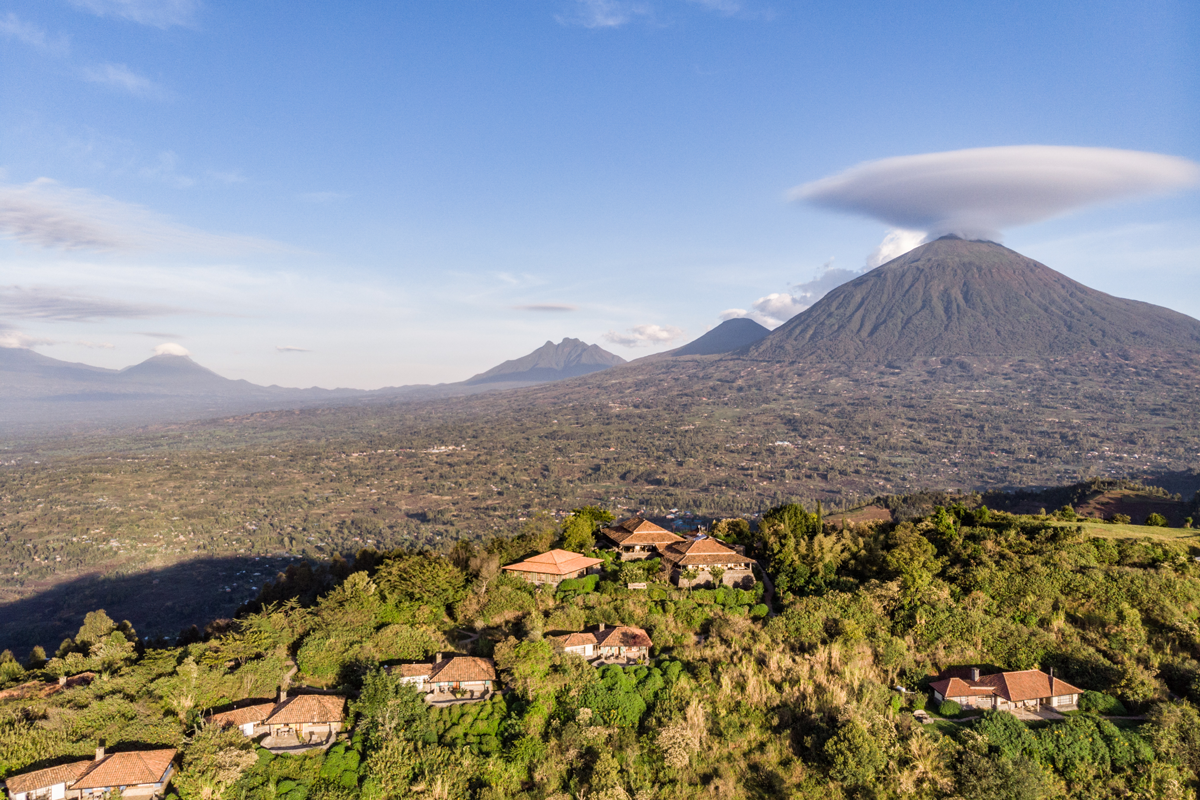Scientists in Cambridge, UK, have decoded the DNA of the gorilla, finding that they are 98% similar to humans at a genetic level, which makes them more similar to us than previously thought.
Researchers have already succeeded in decoding the genomes of both chimpanzees and orangutans and now it’s the turn of the gorilla, specifically a western lowland gorilla (gorilla gorilla gorilla) called Kamilah in San Diego, California. The research was published in the journal Nature and reveals a number of surprising initial conclusions that set the scene for a very exciting period of research into the genetic composition of not only the gorilla but of human beings as well.
The discoveries will enlighten us as to how we, as a species, evolved and developed, particularly regarding the seminal question of when we gained the ability to engage in abstract thought. Analysing the differences between the human genome and the genomes of the Great Apes will also reap benefits in medicine as we will be able to garner a better understanding of our genetic make-up and how we can counteract viruses and diseases that affect us but not our cousins. The interesting point for non-scientists is that gorillas are much closer to humans than we had previously thought, with some even thinking they are closer to us than chimps, which perhaps explains the eerie sense of familiarity we feel with the gorillas.
In addition to bringing us much closer to our gorilla cousins, comparative studies between the ape genomes will help scientists decipher how the evolution of our species happened on a fundamental genetic level, helping them work out how we came to be what we are now and maybe what we may become in the future.
Click here to access the full BBC article.




















